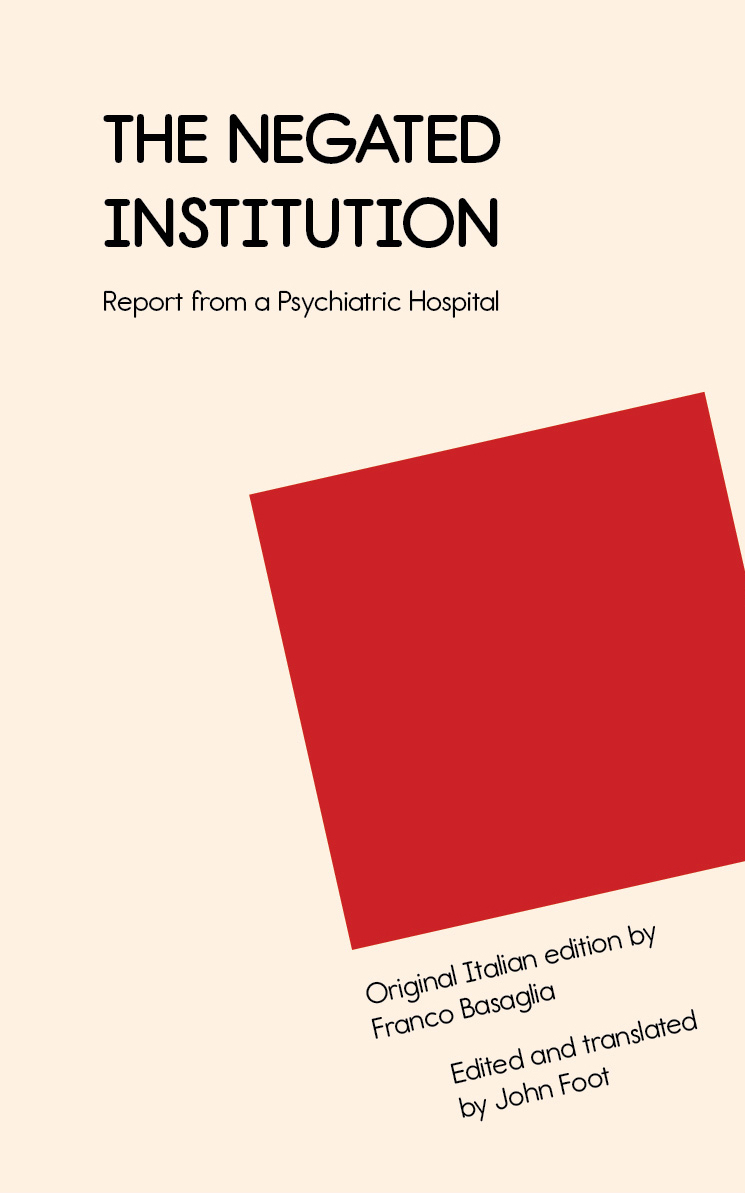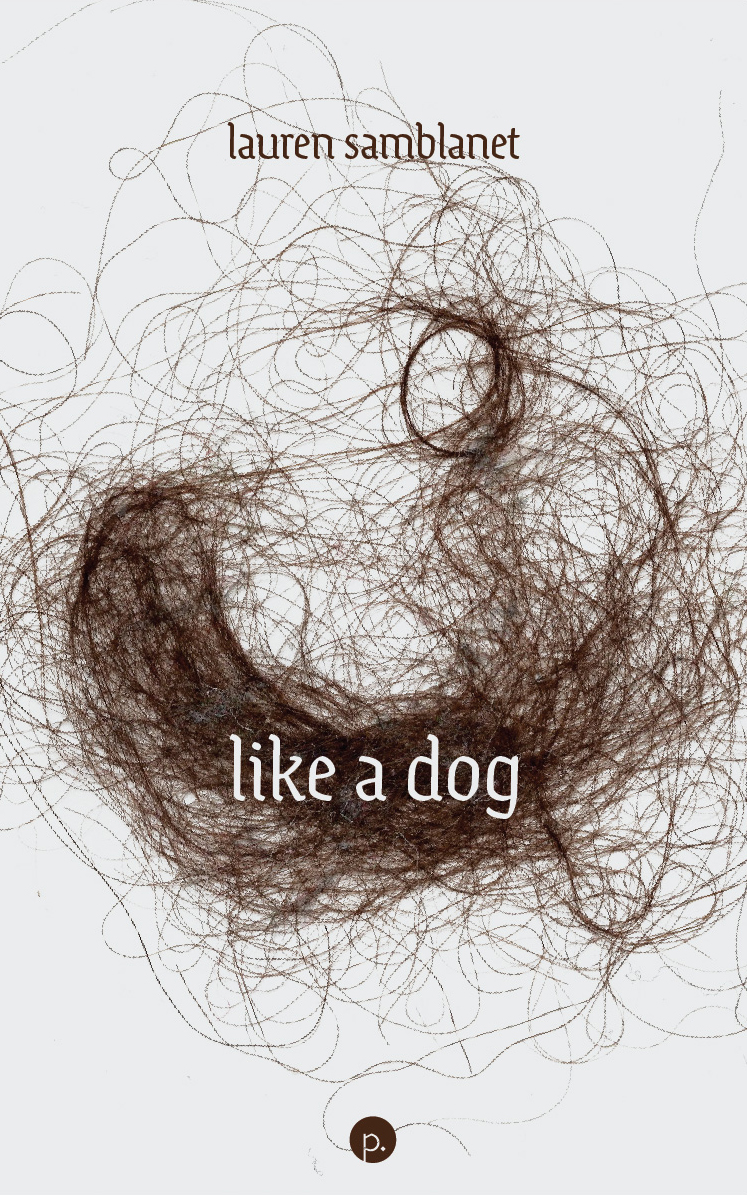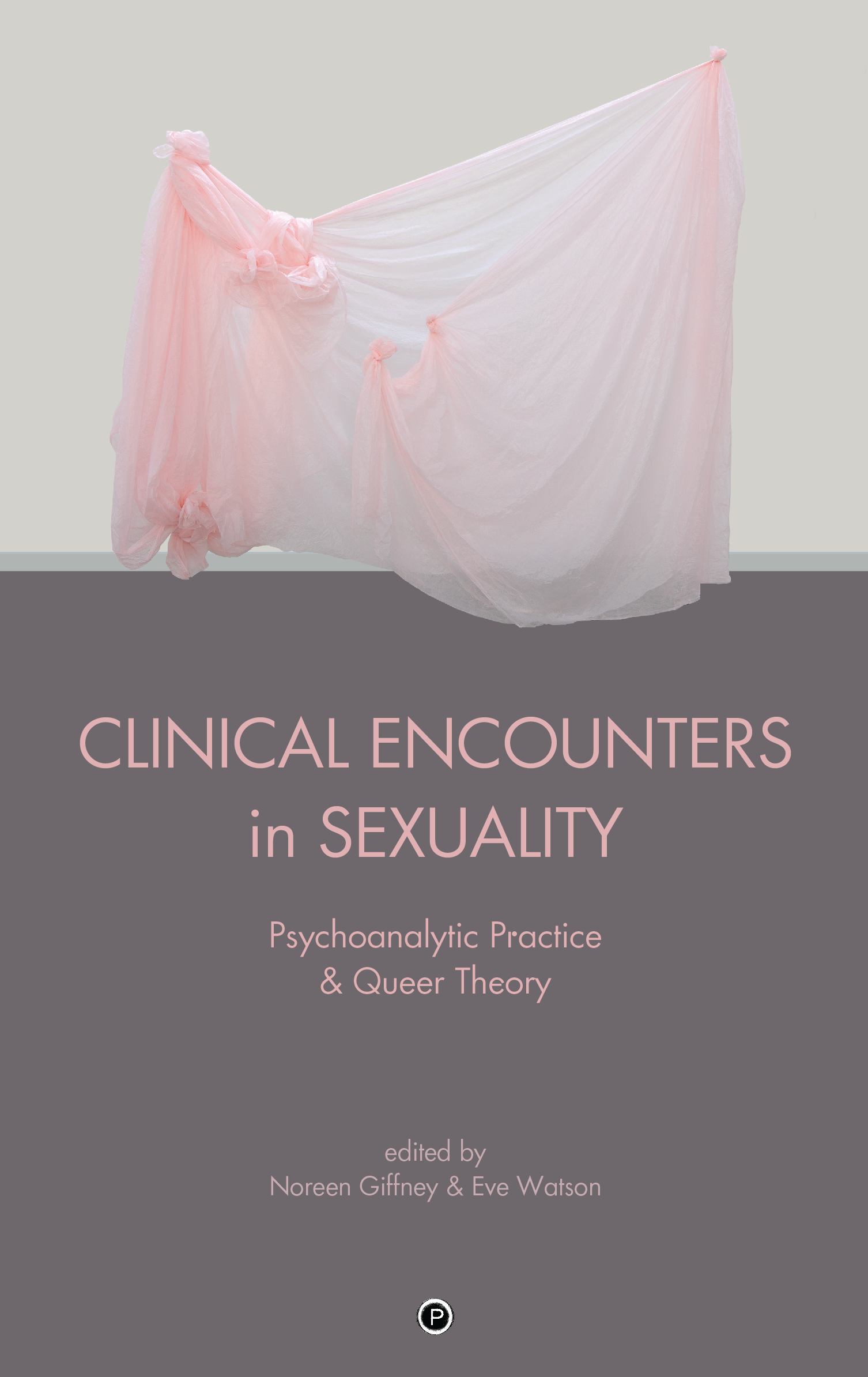Hephaestus Reloaded / Efesto Reloaded, presented in a bilingual (English/Italian) publication, and whose five authors are from Greece, Italy, and the US, invokes as its first inspiration the myth of Hephaestus who embodied a twofold entity: both disabled and technically capacious. The myth of Hephaestus has been passed across the centuries as an ancient metaphor signifying the idea of becoming-world, in which any distinction between the natural and the artificial, or the organic and the technical, is blurred. Human beings, by virtue of their physical vulnerabilities and limits, have enhanced their technological powers to the point of transcending their own given nature. At present, a variety of critical discourses in disciplines such as philosophy, history, aesthetics, and cognitive sciences pay attention to our becoming-hybrid (organic and mechanical beings) – unleashing a space for research that probes the concept of transcendence. Each of the contributions in this book addresses – through its own peculiar perspective, method and experimental style – a new way to approach the role of transcendence in socio-cultural life.
In the Occidental history of ideas, the notion of transcendence has received at least three canonical articulations that are challenged by this book: religious (Judeo-Christian traditions), philosophical (Platonic-intellectual universality of ideas), and scientific (the objective and technological turn of knowledge). Nonetheless, it is with the rise of cybernetics, with its digital and virtual modalities of systems, networks, and knowledge, that our human environment emerges as a source of knowledge in itself — not simply as an object but rather as an immersive agency in which nature, knowledge, technique merge. The transcendence of the actual and the virtual into a “third” element is construed and analyzed in this book through conceptual schemes that rely on a post-binary or non-binary understanding of coincidences, triangulations, hybrids, or post-human combinatorics. What is ultimately explored is how transcendence is ejected from strictly theological, philosophical, or scientific groundings and emerges as a germinating point of becoming (something else).
About the Authors
Brunella Antomarini has a PhD in Aesthetics from Università Gregoriana, Rome, and she teaches Contemporary Philosophy and Aesthetics at John Cabot University, Rome. She is the author of The Maiden Machine: Philosophy in the Age of the Unborn Woman (Edgewise, 2013), Thinking Through Error: The Moving Target of Knowledge (Lexington Books, 2012), La preistoria acustica della poesia (Aragno Editore, 2013), L'errore del maestro: Una lettura laica dei Vangeli (Derive&Approdi, 2006), and La percezione della forma: Trascendenza e finitezza in Hans Urs von Balthasar (Aesthetica Edizioni, 2004). She is co-editor (with Adam Berg) of Aesthetics in Present Future: The Arts in the Technoogical Horizon (Lexington Books, 2013), and she has also written the children's book Denizens of the Forest (Poligrapha Ediciones, 1992).
Adam Berg has a PhD in philosophy from the Department of Philosophy, University of Haifa, Israel, and he teaches at Otis College of Art and Design and at Cal Arts, both in Los Angeles. Recent publications include Phenomenalism, Phenomenology, and the Question of Time (Lexington Books, 2016), Aesthetics in Present Future: The Arts and the Technological Horizon (co-edited with Brunella Antomarini) (Lexington Books, 2013), Adam Berg: Evidence (Charta, 2010), Adam Berg: Correspondence (Barbur Books, 2010), Adam Berg: Archipelago (Charta, 2008), and Adam Berg: Conversations with Giordano Bruno / Alexandrian Encounters (Genia Schreiber University Art Gallery, 1997). Recent solo shows include: In the blink of an eye, Edward Cella Art and Architecture, Los Angeles (2016), Pier Paolo’s Fountain, Piomonti Arte Contemporanea, Rome (2014), Endangered Spaces, Santa Monica Museum of Art, Los Angeles, California (2012), Evidence, Palazzo Medici Riccardi, Florence (2010), and Archipelago, Tel Aviv Museum of Art (2008).
Vladimir D'Amora lives and writes in Naples and Milan. He is trained as a classical philologist and is also a translator from Latin and Greek. He was a co-editor-in-chief of Vulgo.net, a philosophical multilingual digital journal, and he has published the poetry collection Pornogrammia (Emilio Mazzoli Edizioni, 2015), which was a finalist at Premio Poesia Città di Fiumicino in 2015, and Neapolitana Membra (Arcipelago Itaca, 2016), which received a special mention at Premio Montano di Poesia in 2015.
Alessandro De Francesco is a poet, artist, and essayist based in Brussels and Basel who holds a PhD in Poetics from the University of Paris-Sorbonne and has taught at the European Graduate School, the Sorbonne, the École Normale Supérieure, and elsewhere. In 2015-2016 he was an artistic research fellow at the Research Centre for Visual Poetics at the University of Antwerp. He has read, performed, or exhibited at venues such as the Kelly Writers House at University of Pennsylvania, the Louis Vuitton Foundation, the Centre Pompidou (Paris), the MAMCS in Strasbourg, the Berlin University of the Arts, and the Kunsthalle Basel, among other venues. His recent books include: Continuum: Writings on Poetry as Artistic Practice (Uitgeverij, 2015), La Vision à distance (Èditions MIX, 2015), and Remote Vision: Poetry 1999–2015 (punctum, 2016).
Miltos Manetas is a Greek-born painter, conceptual artist and theorist whose work explores the representation and the aesthetics of the information society. He is the Founder of NEEN (the first art movement of the 21st century), a pioneer of art-after-videogames (Machinima), and an instigator of Post-Internet Art. In 2009 he initiated the Internet Pavilion for the Venice Biennial, and in 2014, in collaboration with Rome's Swiss Institute, he introduced the concept of Ñewpressionism. More recently, Manetas is using Documenta 14 to develop the concept of mediosud. According to Lev Manovich, Manetas's art can be placed within a well-established tradition in modern painting (representing modern people in their particular modern settings). According to Nicolas Bourriaud, Manetas's work belongs to the domain of relational aesthetics and post-production.




